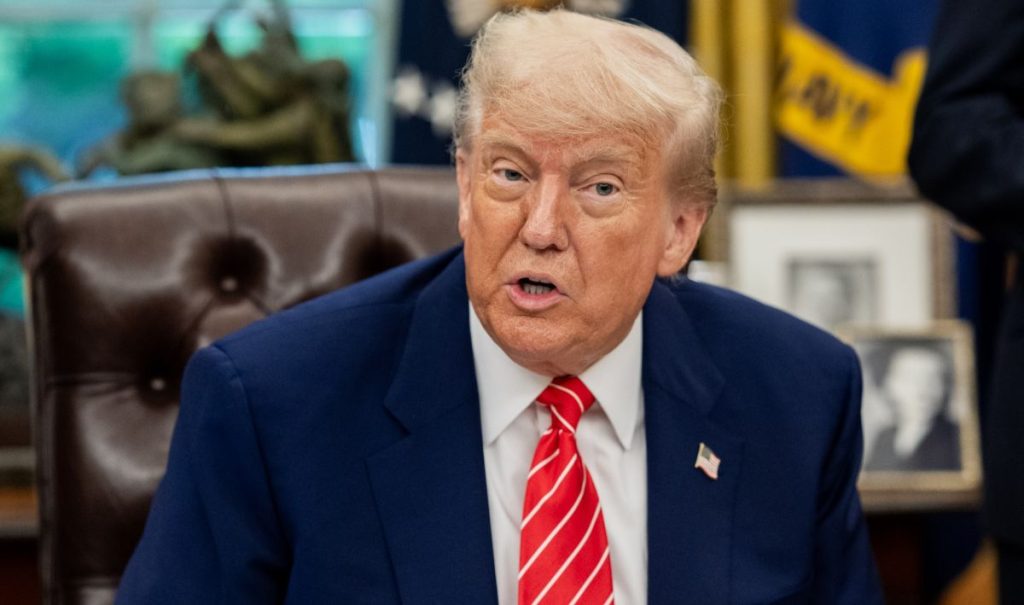Reviving one of his most controversial policies, President Trump has signed a new executive order banning entry from 12 nations.
Others are reading now
U.S. President Donald Trump has reintroduced and expanded his travel ban policy.
This time, it targets nationals from 12 countries with full entry restrictions and imposes partial limits on seven others.
The new ban fully restricts citizens of Afghanistan, Myanmar, Chad, the Republic of the Congo, Equatorial Guinea, Eritrea, Haiti, Iran, Libya, Somalia, Sudan, and Yemen from entering the United States.
Additionally, it places partial restrictions on individuals from Burundi, Cuba, Laos, Sierra Leone, Togo, Turkmenistan, and Venezuela.
Also read
According to Trump, the decision was made based on “foreign policy, national security, and counterterrorism goals.”
Immediate Backlash
The Guardian reports that critics have been quick to condemn the decision.
They warn that it will separate families and disproportionately harm immigrant communities in the U.S. Representative Pramila Jayapal (D-WA) called it “discriminatory” and damaging to the U.S. economy.
“This policy, which limits legal immigration, not only flies in the face of what our country is supposed to stand for, it will be harmful to communities that rely on the contributions of people who come to America from this wide range of countries,” Jayapal said.
Immigration advocates fear a repeat of the chaos seen in 2017, when Trump’s first travel ban went into effect and caused mass confusion at airports.
The Reason Behind the Ban
Trump said the order fulfills a campaign promise and was driven in part by a recent attack in Boulder, Colorado, carried out by an Egyptian national.
He claimed the incident highlighted the dangers of foreign nationals who are not properly vetted or who overstay their visas.
“We don’t want them,” Trump said in a video posted on social media.
He added that the list of banned countries could change depending on global threats or if governments make “material improvements” in security and data-sharing.
The travel ban comes as part of a wave of tough immigration policies Trump has signed since returning to office in January.
These include blocking asylum claims at the southern border, ending protections for people from countries facing humanitarian crises, and targeting student visas — particularly at institutions like Harvard.
On the same day the travel ban was signed, Trump ordered U.S. consulates to begin screening the social media of all visa applicants traveling to certain universities.
A Familiar but Expanded Playbook
During his first term, Trump’s travel ban initially targeted Muslim-majority countries and faced immediate legal challenges.
Though early versions were blocked by lower courts, the U.S. Supreme Court ultimately upheld a revised version, ruling it fell under the president’s national security powers.
With the new order already signed and in effect, immigrant communities, especially those from Haiti, Cuba, and Venezuela, are bracing for its impact.


